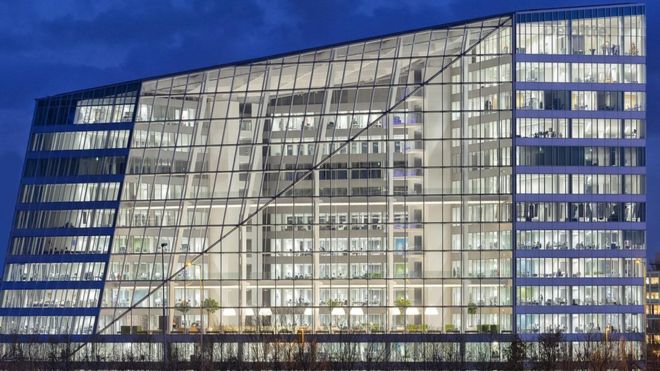
Indoor air quality ‘is often worse than outside’
Indoor air quality is often overlooked, but a lack of real-time monitoring can leave it even worse than the conditions outside, according to one academic.
Indoor pollution
Dr Prashant Kumar of the University of Surrey led a study among European and Australian peers to assess how indoor air quality can have harmful effects on human health – an effect known as Sick Building Syndrome in severe examples. “When we think of the term ‘air pollution’ we tend to think of car exhausts or factory fumes expelling grey smoke,” he said. “However, there are actually various sources of pollution that have a negative effect on air quality, many of which are found inside our homes and offices. “From cooking residue to paints, varnishes and fungal spores the air we breathe indoors is often more polluted than that outside.”
He went on to link the issue with implications for town planning, public buildings like schools and hospitals, and private workplaces and offices too. Conditions can be particularly bad around busy road junctions – and where traffic interchanges are closely surrounded by buildings, outdoor air pollution can be much higher than where the junction is in an open space. This leaves the ground floor rooms of nearby buildings exposed to twice as many particles of potentially harmful pollutants in the air.
Improving indoor air quality
Ensuring human health means keeping a close eye on indoor air quality, and while this has historically not been done in real time on a widespread basis, the research – published in the academic journal Science of the Total Environment – is looking to change that.
“We are calling for greater importance to be placed on ensuring buildings are built with indoor pollution monitoring in mind,” Dr Kumar said. “As we enter the age of smart cities this is one way in which technology will actively benefit health.”
If you are interested in improving breathing indoors take a look at our range of gas detection products.

